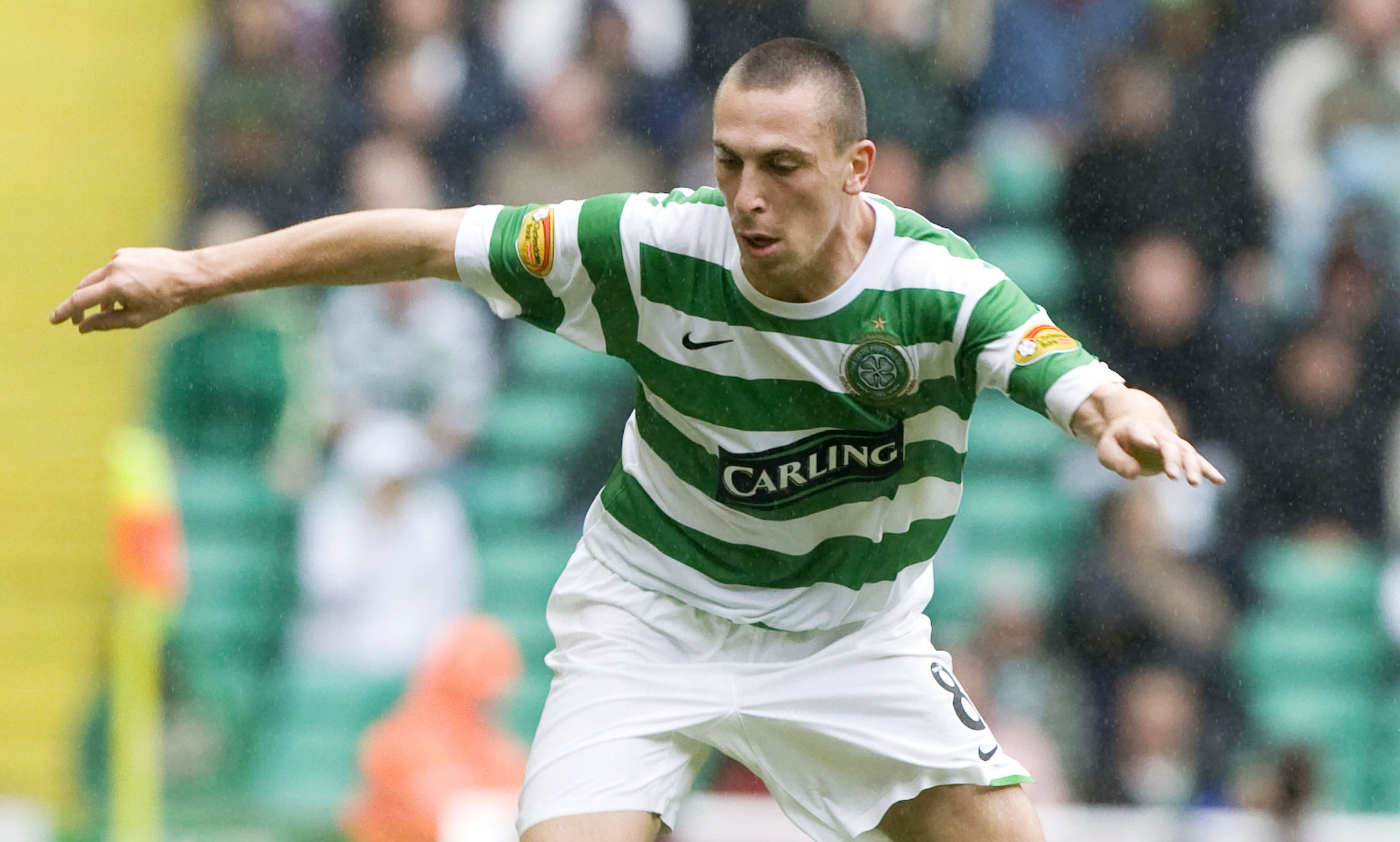
IF only the gift of hindsight was available prior to making a major decision, life would be far easier.
It’s now 11 years since Rangers withdrew from trying to sign Scott Brown from Hibs, leaving the way clear for Celtic.
In that time, Broony has helped Celtic win seven Premier League titles (soon to be eight), four League Cups and three Scottish Cups, as well as helping the club earn fortunes from the Champions League.
Over the same period, Rangers can only claim three Premier League titles, three League Cups, two Scottish Cups and, aside from their run to the UEFA Cup Final in 2008, virtual anonymity in Europe.
I’m not saying things would have been totally different if the Rangers chairman of the time, Sir David Murray, had given manager Walter Smith the red light to sign Brown.
The player himself was genuinely interested in going to Ibrox.
However, I can safely say the gap between the Old Firm would not be nearly as enormous as it is today, both on and off the park.
Of course, a large part of that is down to Murray’s decision to sell the club to Craig Whyte for £1, a move that has led to seven catastrophic years for the Scottish institution.
Ironically, Murray was trying to keep Rangers on the straight and narrow when he refused to match Celtic’s financial deal for Brown.
Both clubs agreed to pay Hibs £4.4 million for the emerging midfield talent.
Murray, however, point-blank refused to break Rangers’ pay structure to sign the player.
Although Murray enjoyed giving certain journalists tip-offs, everything was off-the-record in those days.
So it was a major surprise when he invited reporters to his office at Ibrox before a game to explain his thinking over Brown.
“Meeting the £4.4m transfer fee wasn’t a problem,” he revealed.
“But we were not prepared to pay the £25,000-a-week he’s reputedly on at Celtic.
“We must have parity in the dressing room.
“To start paying that money, you must reach the Champions League proper.
“That’s where the club makes the money, and players earn huge bonuses.”
Celtic recognised this scenario only too well, and were willing to gamble on signing better players and paying them accordingly.
Now Brown, the player the Ibrox hoards love to hate, has developed into the most-influential operator of his generation in Scotland.
Rangers never get near him during Old Firm encounters. He is quite simply the best leader in the whole of Scottish football.
Looking back, Murray made numerous mistakes at Ibrox. But failing to sign Brown is clearly one of the biggest blunders of his 23-year reign.

Enjoy the convenience of having The Sunday Post delivered as a digital ePaper straight to your smartphone, tablet or computer.
Subscribe for only £5.49 a month and enjoy all the benefits of the printed paper as a digital replica.
Subscribe